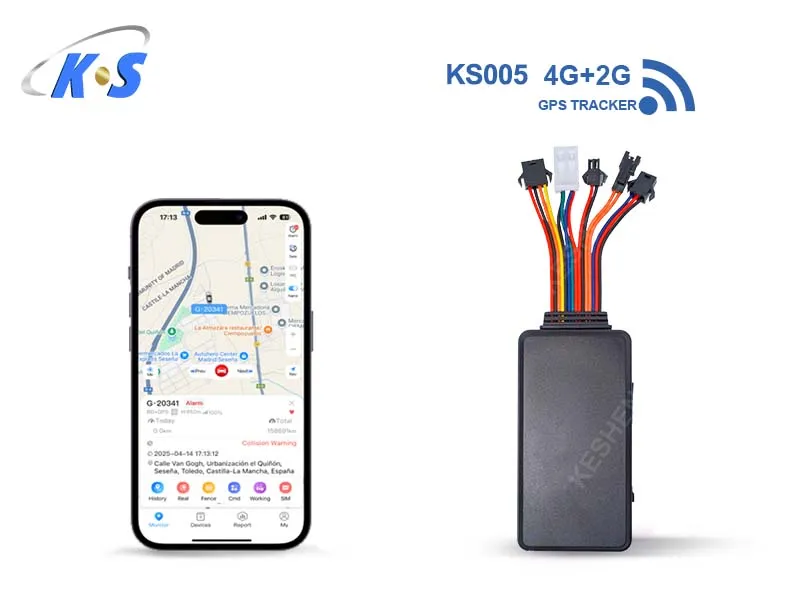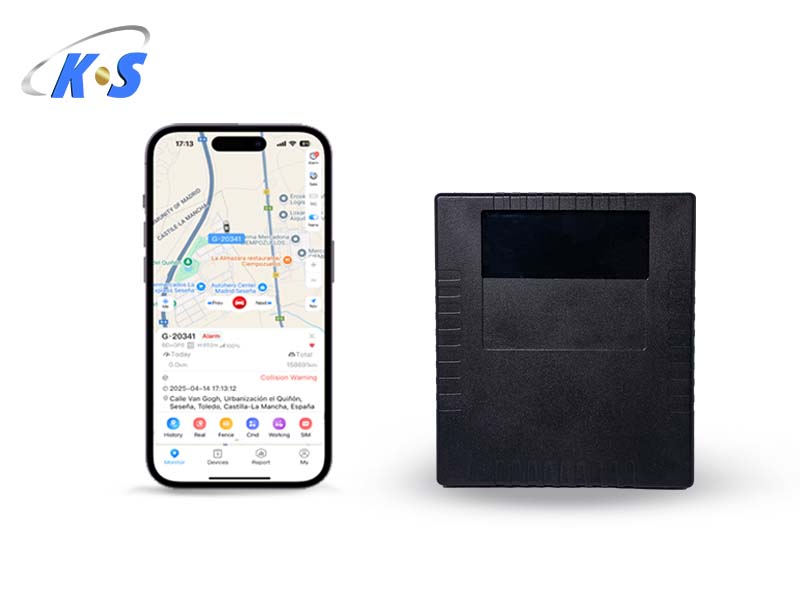Customer needs
1.Taxi company:
It is necessary to record the operating duration of each taxi (such as the daily driving time, passenger-carrying time, and idle time), calculate the driver’s revenue and the company’s share; it is necessary to keep track of the vehicle’s location and status (such as driving speed, braking conditions, engine status) in real time to prevent drivers from refusing passengers or taking detours, and ensure passenger safety; it is necessary to accurately record operating costs (such as passenger-transportation mileage fees, duration fees, and additional fees), to avoid disputes between drivers and passengers caused by incorrect cost calculations; at the same time, it is necessary to manage driver information (such as service qualification certificates, violation records) and vehicle maintenance and annual inspection status to ensure compliant operation.
2.Taxi drivers:
It is hoped to be able to view real-time operational data (such as daily revenue, number of passengers carried, and empty mileage) to facilitate income calculation; a navigation function is needed to guide to the destination to reduce detours; when encountering passenger complaints or vehicle malfunctions, it is possible to quickly contact the company for assistance; at the same time, it is hoped that the calculation of operating costs can be automated to reduce errors and disputes in manual calculations.
3.Passengers
They need to know the real-time location of the taxi for convenience; they want the taxi not to take detours and the cost is transparent; when they leave something on the bus, they can quickly find it through the vehicle positioning; at the same time, they want the driver to drive safely and avoid dangerous behaviors such as sudden acceleration and sudden braking.
Specific solution content
This scheme combines “Internet of Things location technology + vehicle positioning terminal (GPS + Beidou) + vehicle electronic pricing module + intelligent management platform” to build a whole-process management system for taxi operation, the specific contents are as follows:
1.Vehicle operation time statistics module:
Each taxi is equipped with an integrated GPS positioning terminal that works in tandem with the taxi meter. The terminal automatically tracks operational status (operational/empty): When the meter is activated (operational mode), the terminal starts timing to record passenger transport duration. When the meter is deactivated (empty mode), it tracks idle time. Simultaneously, the terminal calculates daily driving hours based on satellite signals, tracking the total time from the driver’s check-in to check-out after completing a trip.
Real-time operational data is uploaded to the cloud-based management platform, which generates daily and monthly reports for drivers. These reports include total driving hours, passenger-carrying hours, idle hours, and the passenger-carrying proportion (passenger-carrying hours / total driving hours). The system supports queries by driver name and vehicle number, enabling taxi companies to calculate drivers’ performance metrics and profit-sharing based on operational data.
2.Vehicle position and status management module
The GPS locator (with positioning accuracy of 1-2 meters) continuously collects real-time vehicle location data every 10 seconds. The platform displays all taxi positions on an electronic map, enabling users to view both real-time and historical trajectories (traceable up to one month). Taxi company administrators can monitor drivers’ route compliance by comparing navigation recommendations with actual routes, triggering detour alerts when deviations exceed 5 kilometers.
The positioning terminal integrates automotive electronic sensors to collect driving status data, including speed, brake frequency, emergency acceleration count, engine RPM, and coolant temperature. The platform sets thresholds for abnormal data (e.g., speed exceeding 60 km/h on urban roads or more than 10 emergency brakes per hour), triggering alerts when thresholds are exceeded to prompt drivers to maintain proper driving practices. Additionally, engine health monitoring issues potential faults (such as overheating or low oil pressure) through early warnings, ensuring timely maintenance notifications.
3.Vehicle position tracking module
The system provides concealed GPS trackers for phased vehicle installations (optional mounting positions: dashboard interior, seat base, or trunk lining to prevent customer detection during removal). Featuring dual-mode positioning with BeiDou and GPS integration, the trackers deliver 1-3 meter accuracy. Data is transmitted via 4G network to a platform that displays real-time vehicle location while enabling both live and historical trajectory tracking (with 6-month history retention). The system defaults to 15-minute updates, though high-risk clients may request 5-minute intervals for enhanced monitoring.
The platform sets up regional monitoring function: the seller can demarcate the allowable activity area of the vehicle (such as the city where the customer is located). When the GPS locator detects that the vehicle exceeds the area (such as leaving the city), the regional warning is triggered immediately, and the platform sends the warning information to the administrator. The administrator can contact the customer to verify the situation and prevent the vehicle from being transferred.
4.Operation cost statistics module
The positioning terminal is deeply integrated with the vehicle’s electronic meter. The meter automatically calculates operational costs based on the driving distance (calculated via GPS) and passenger duration provided by the positioning terminal. The fee structure includes: base fare (base price) + mileage charge (unit price per kilometer × driving distance) + time-based charge (unit price per minute × passenger duration) + additional charges (such as night fees and highway tolls, which drivers manually input and upload to the platform).
Operational cost data is synchronized in real-time to both the platform and drivers’ mobile apps. Drivers can view detailed expense breakdowns for each order through the app, while passengers can monitor fee calculation processes via in-vehicle displays to prevent disputes. The platform generates daily revenue reports for drivers, including total earnings, per-order revenue, and revenue composition (such as base fare and mileage-based fees). Taxi companies can then calculate profit shares based on these reports, such as allocating 15% of total revenue to corporate profits.
5.Driver and passenger service module
Driver’s App Features: Supports check-in/check-out, operational data viewing (revenue, duration, order count), navigation (integrating Gaode/Baidu Maps for optimal route planning), emergency assistance (click the help button when encountering disputes or dangers to instantly notify the platform and display vehicle location), and lost item reporting (drivers can report lost items and vehicle locations after passengers leave belongings behind, making it easier for passengers to locate them).
Passenger service functions: Through the taxi APP, passengers can view the location and estimated arrival time of nearby taxis; after taking a ride, they can check the travel trajectory and cost details through the APP, and support online payment; if they lose their belongings, they can submit the lost information through the APP, and the platform will match the corresponding taxi trajectory and driver information to assist in finding them.
What problems have been solved for customers
1.Addressing taxi companies’ pain points:
Automating operational duration and cost tracking reduces manual accounting workload by 80%, boosting efficiency. Location and trajectory monitoring prevents drivers from taking detours or refusing passengers, cutting complaint rates by 60%. Vehicle status monitoring and early failure warnings minimize breakdowns, slashing maintenance costs by 30%. Standardized driver information and vehicle management systems elevate compliance rates to 98%.
2.Solve the pain points of drivers:
real-time view of operation data, clear and transparent revenue accounting, dispute reduction by 75%; navigation function reduces detour, empty mileage reduced by 15%, revenue increase by 10%; emergency help and loss report function improve service efficiency, driver satisfaction increased by 80%.
3.Address passenger pain points:
Real-time taxi booking and trajectory viewing improve taxi experience, reducing waiting time by 30%; transparent fees and detour monitoring reduce consumption disputes, passenger complaint rate reduced by 70%; lost property search function improves the recovery rate of items, from the original 30% to 85%.



